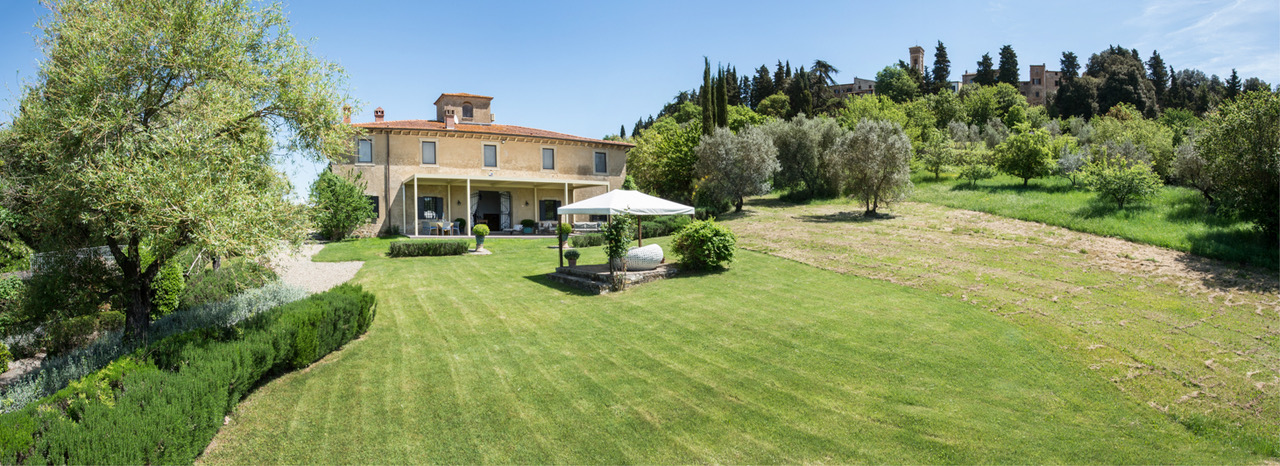History of Tuscan Farmhouses: Leopoldina Design

Named after Leopoldo, Grand Duke of Tuscany, the Leopoldina was designed to be a new type of farmhouse, originating in the late 1700s. It was intended to provide a better quality of life for farmworkers of the time. Leopoldo’s innovation was to bring the housing of the Chianine, the Ox stalls, within the walls of the structure, so that the first floor accommodations would benefit from the warming effect of the animals below. To complete the design, a handsome central tower or Colombaio was built into the roof. The idea was to attract the Colombacce or Wood Pigeon into residence within, as a source of food.

Leopoldo’s design is considered to have brought significantly better living conditions to the farmworkers from its inception in the 1750s. Instantly recognizable, when touring Tuscany, look for an imposing, often square structure with large, Oxen-sized doorways, pleasing symmetry, and a small tower built into the roof, and you’re probably looking at a Leopoldina.

Beyond architectural innovation, Pietro Leopoldo revolutionized modern Tuscany through comprehensive reforms. His approach to governance was marked by a commitment to modernization and social welfare. He implemented progressive agricultural policies, encouraging the adoption of new farming techniques and crop diversification. This increased agricultural productivity and improved the economic conditions of the rural population.
Pietro Leopoldo’s legal reforms were equally transformative. He introduced the first modern legal code in Tuscany, which included the abolition of capital punishment in 1786, making Tuscany the first state in the world to do so. This legal modernization reflected his enlightened views and commitment to human rights, setting a precedent that influenced future legal reforms across Europe.
Additionally, his administrative reforms streamlined governance, reducing the power of the nobility and clergy while enhancing state control. This centralization allowed for more efficient management of resources and better implementation of public policies. Leopoldo also prioritized education and healthcare, establishing schools and hospitals to improve the overall well-being of his subjects.
In summary, Pietro Leopoldo’s contributions to Tuscany were multifaceted, encompassing agricultural innovation, legal modernization, administrative efficiency, and social welfare. The Leopoldina farmhouses are a lasting symbol of his impact, reflecting his dedication to improving the lives of the people and modernizing the region. His legacy is seen in the continued prosperity and cultural richness of Tuscany today.

Join The Discussion